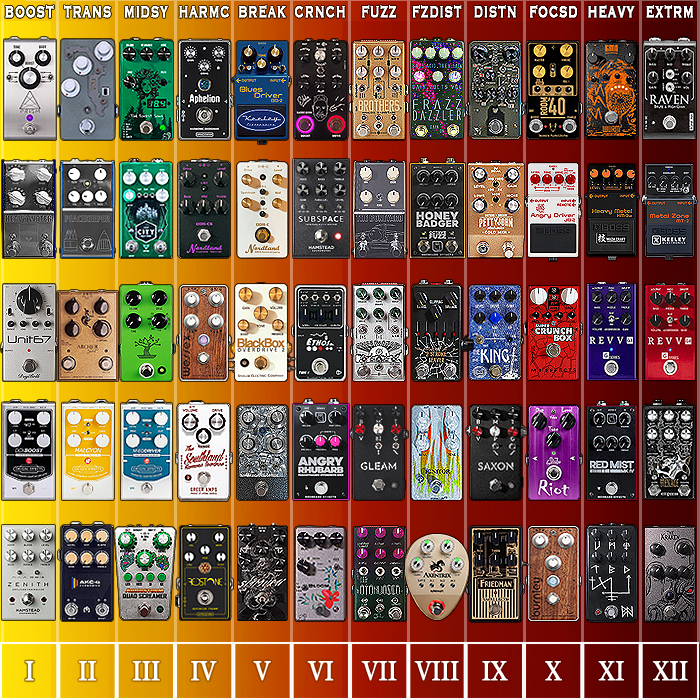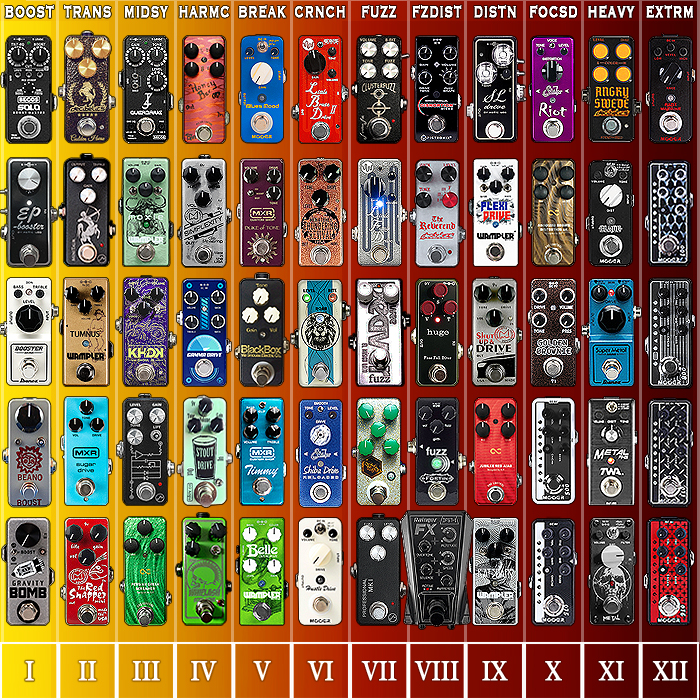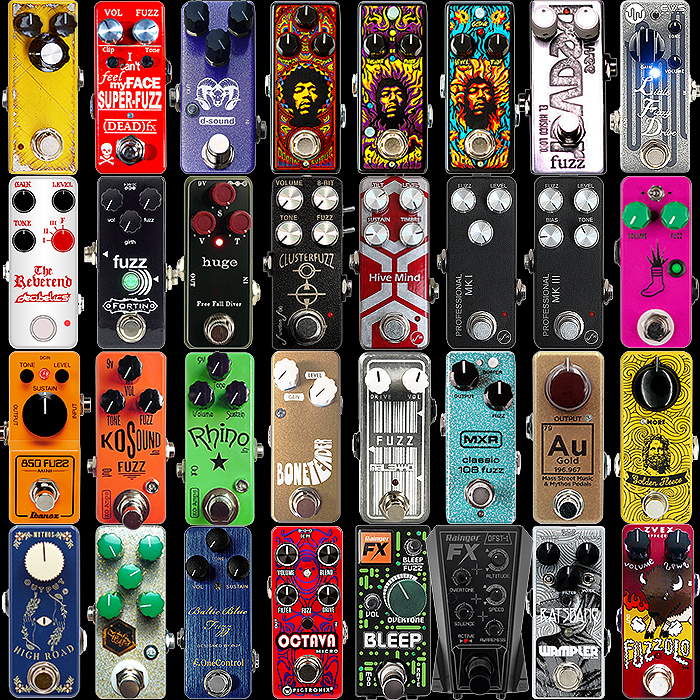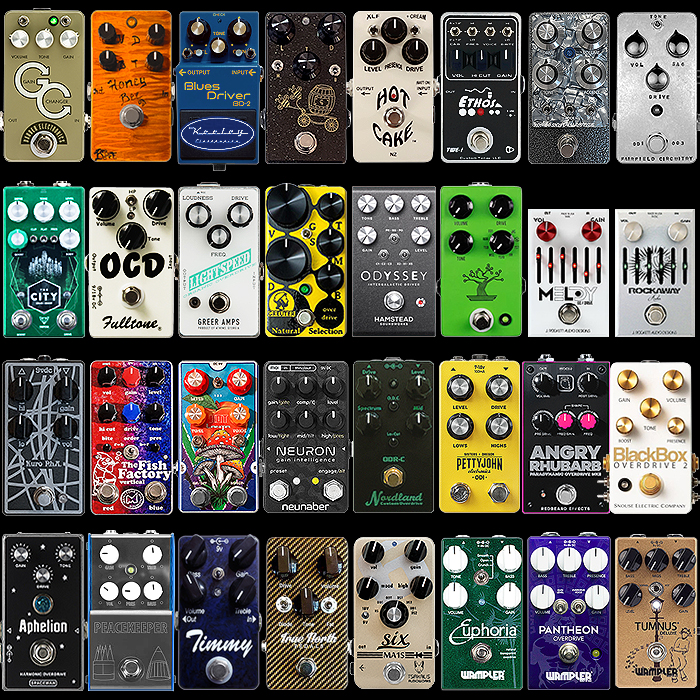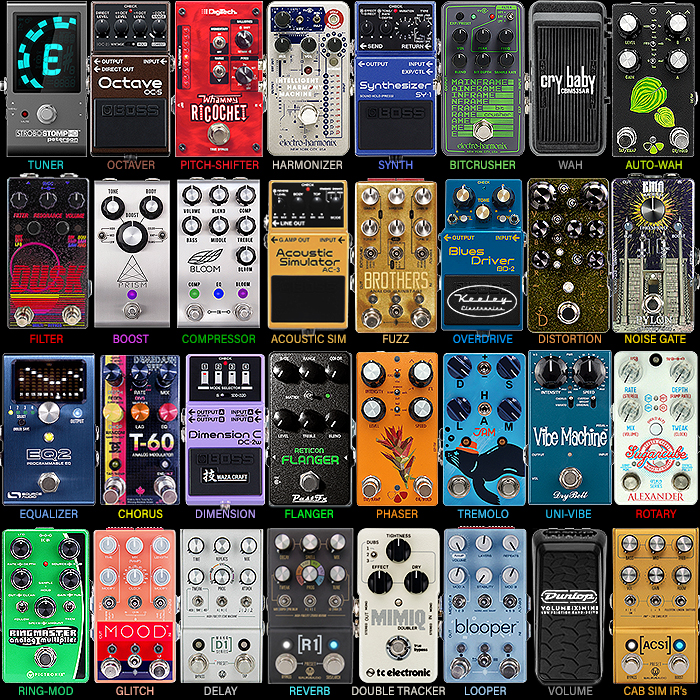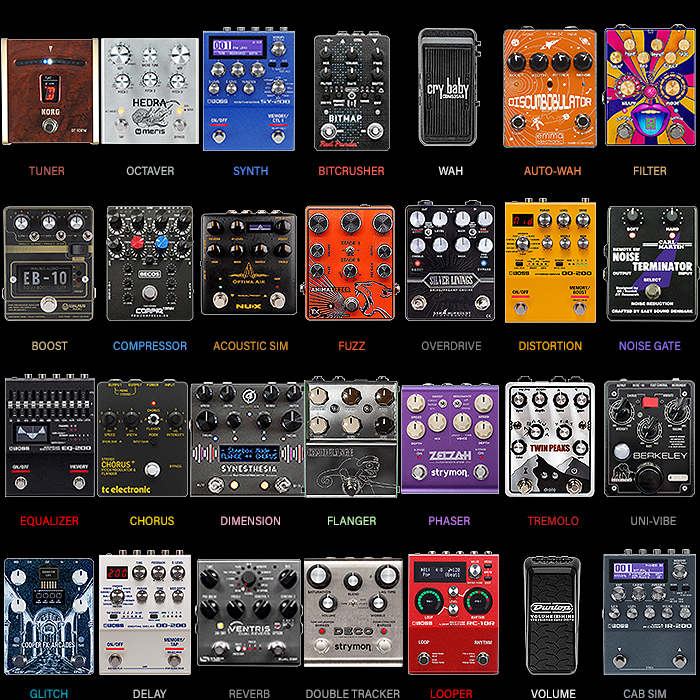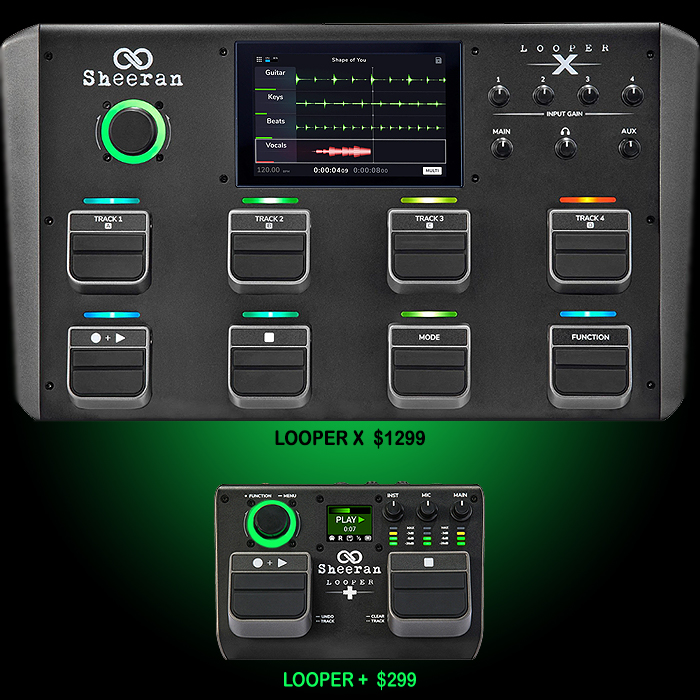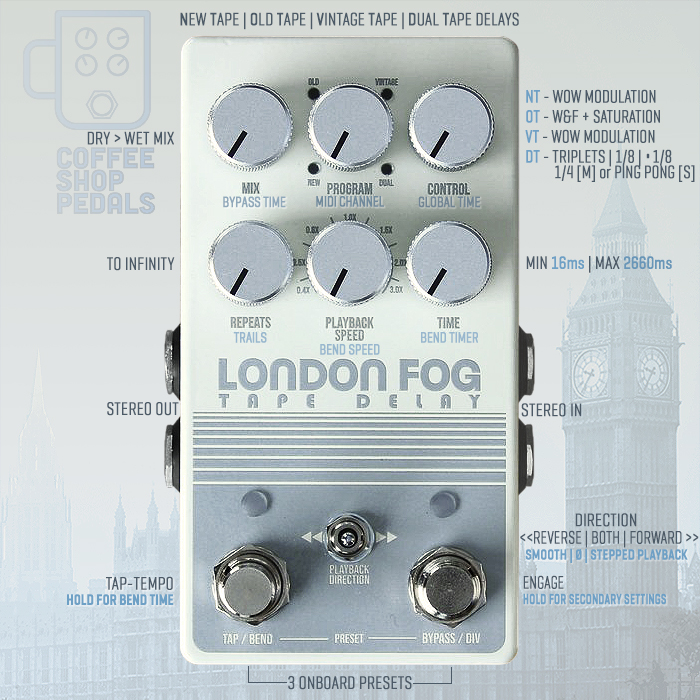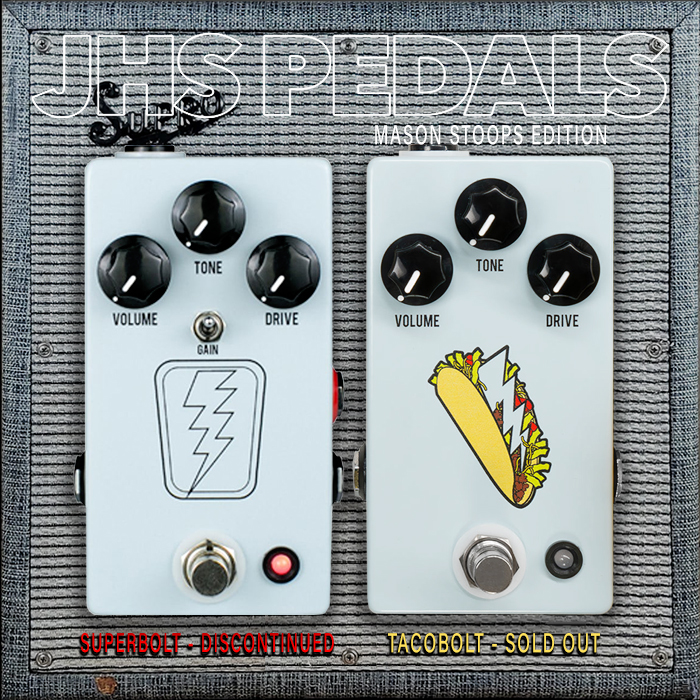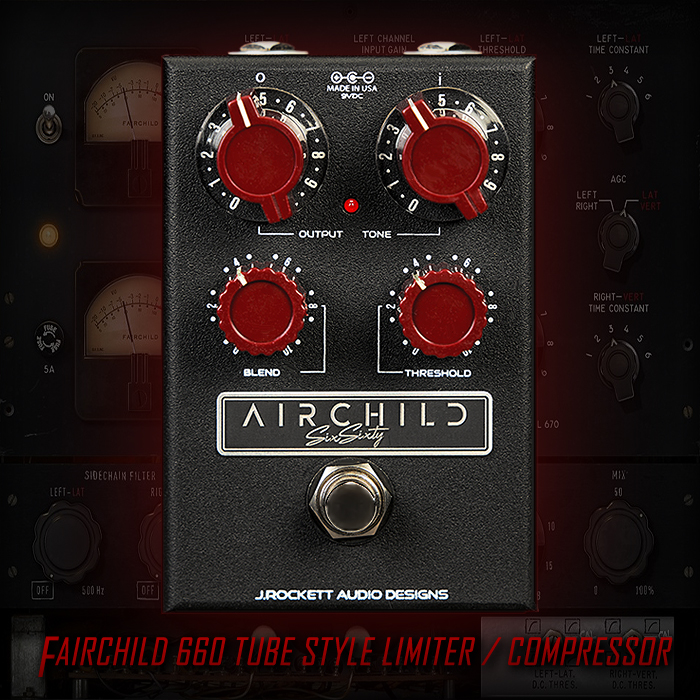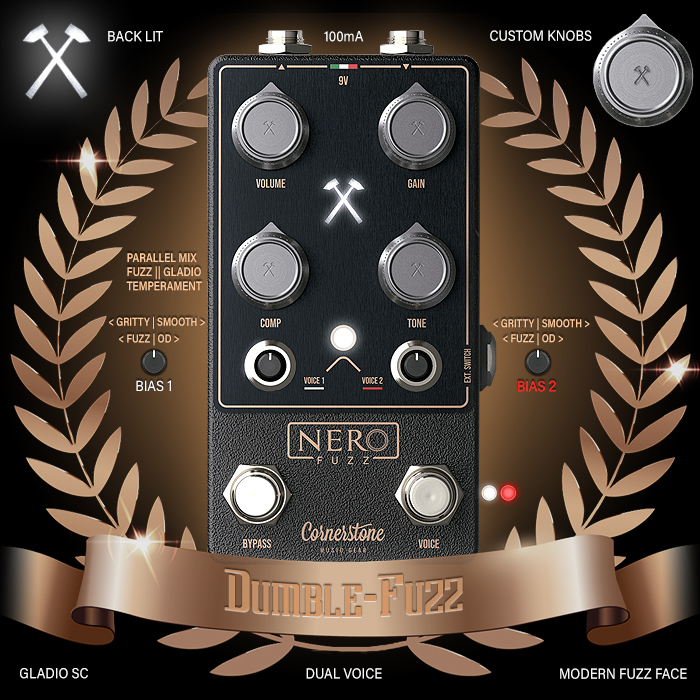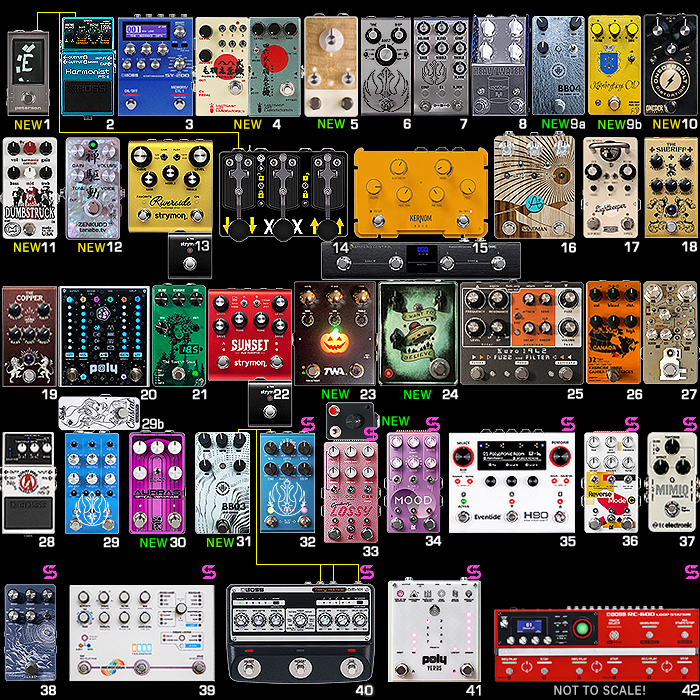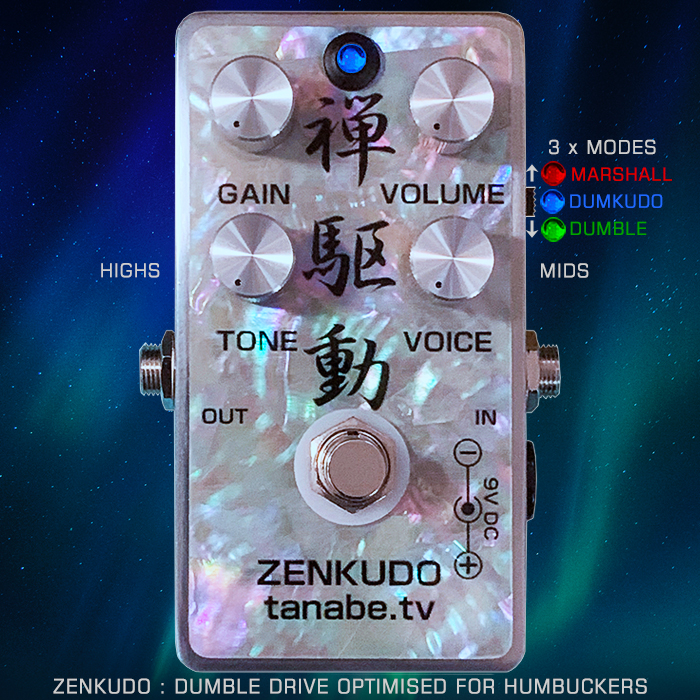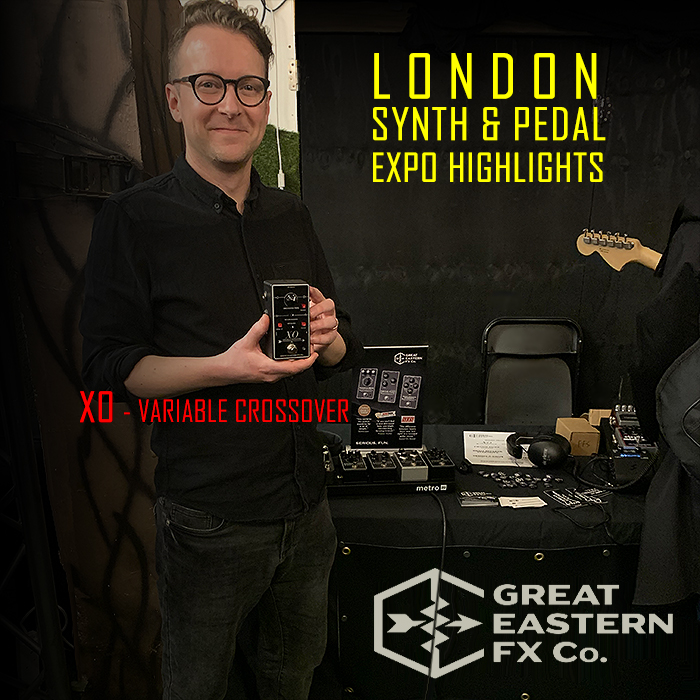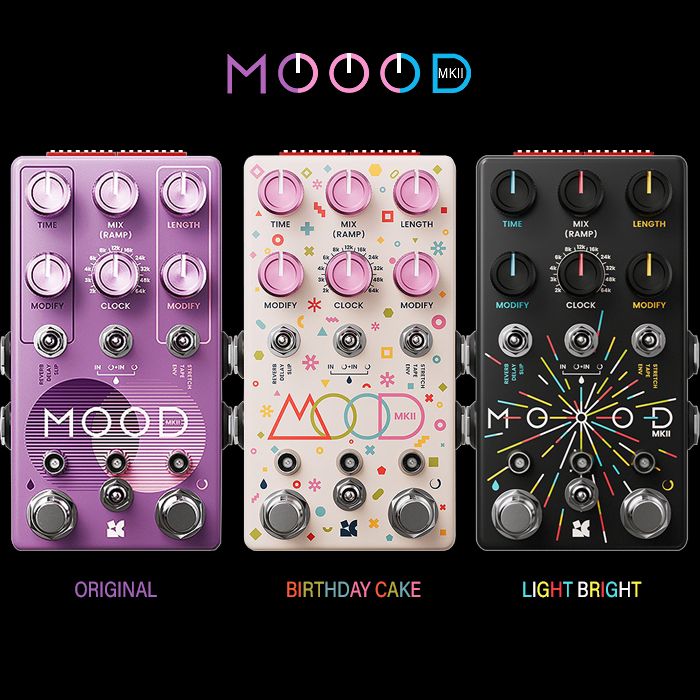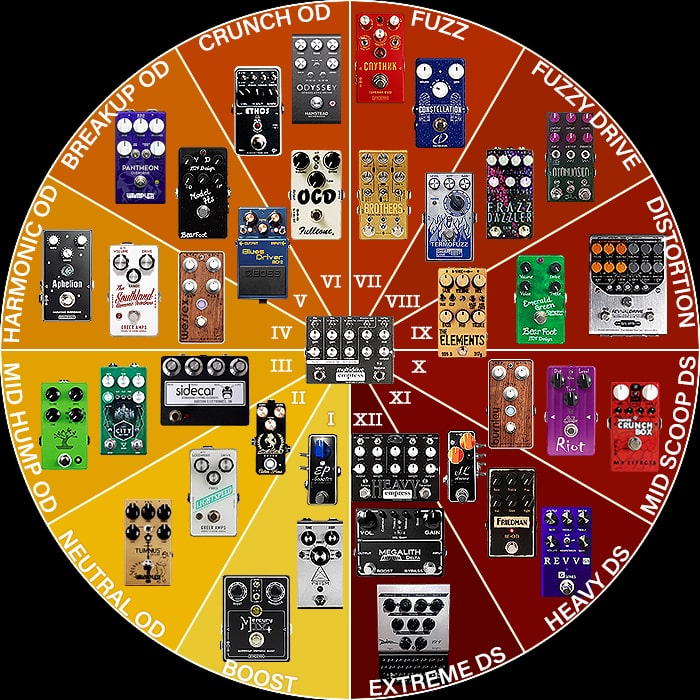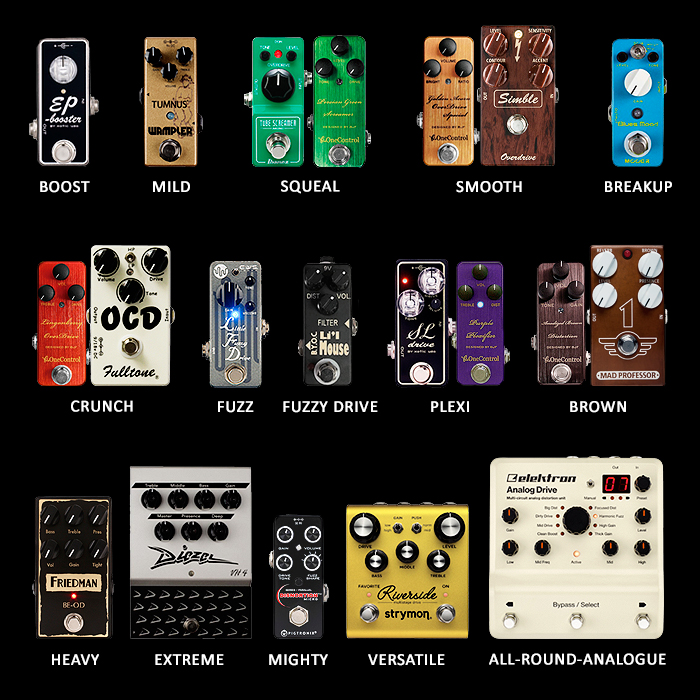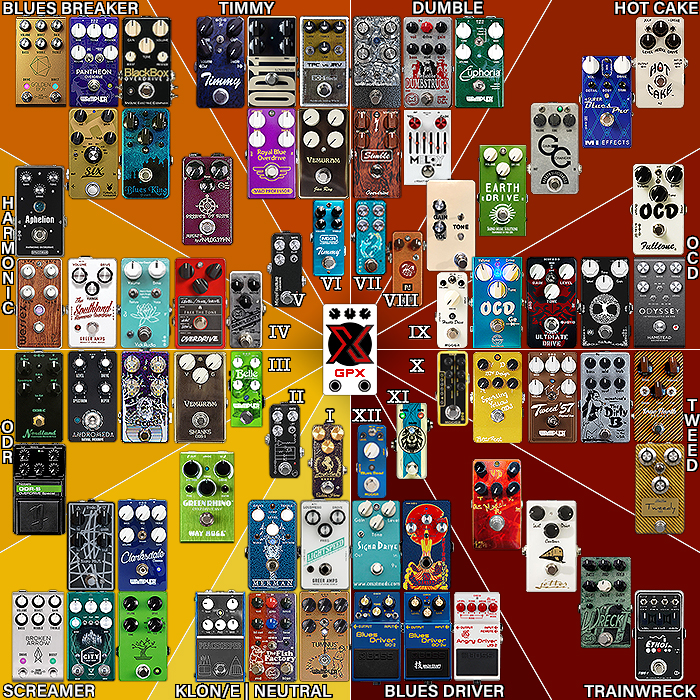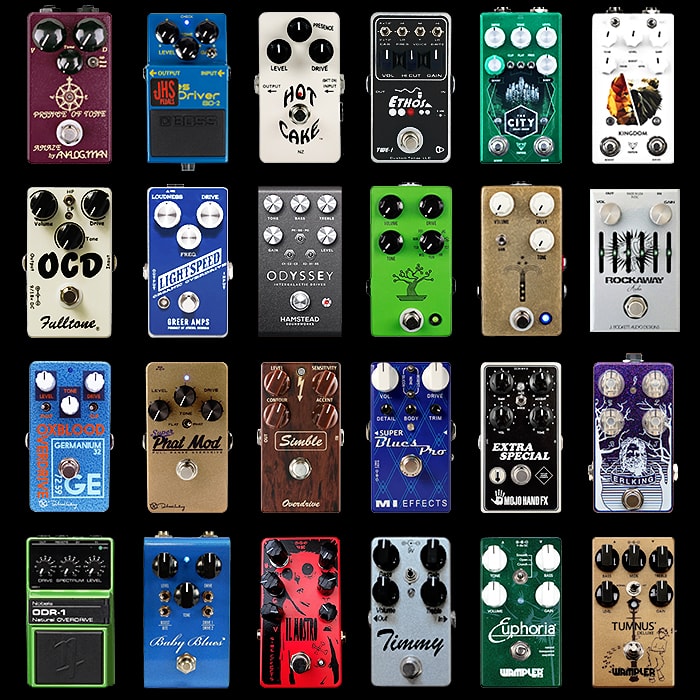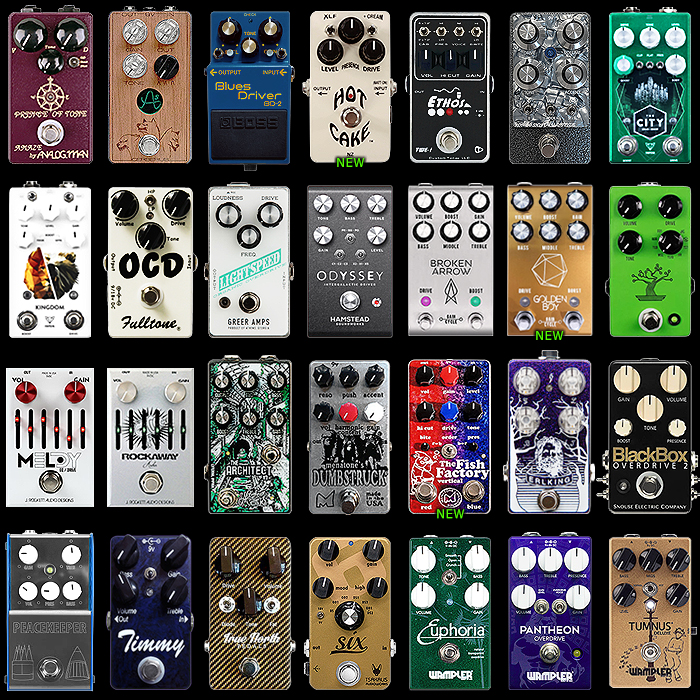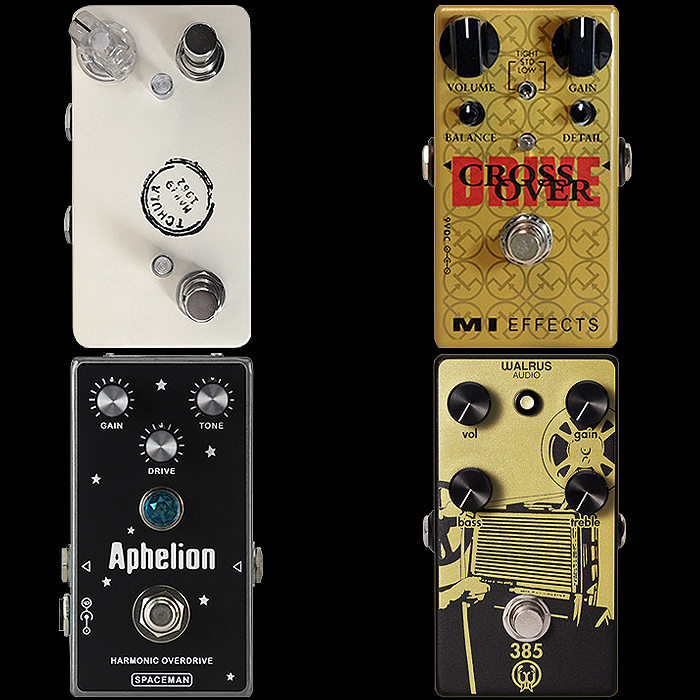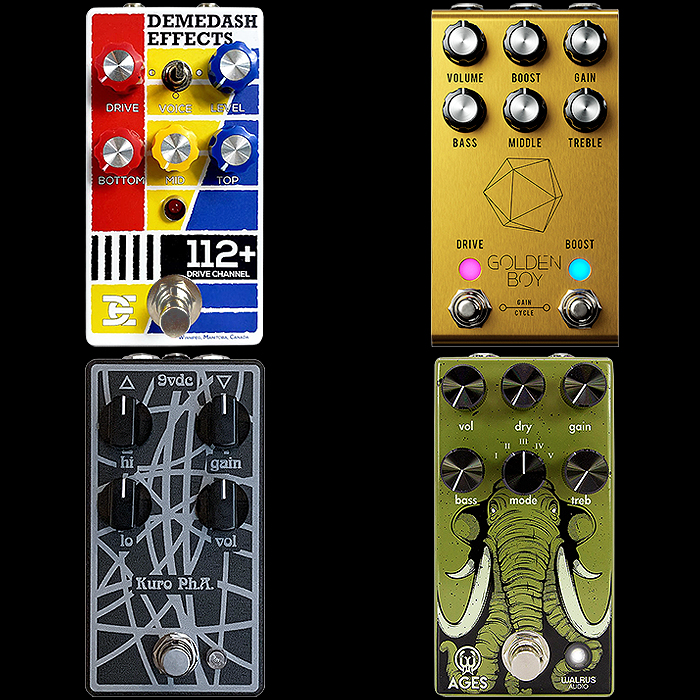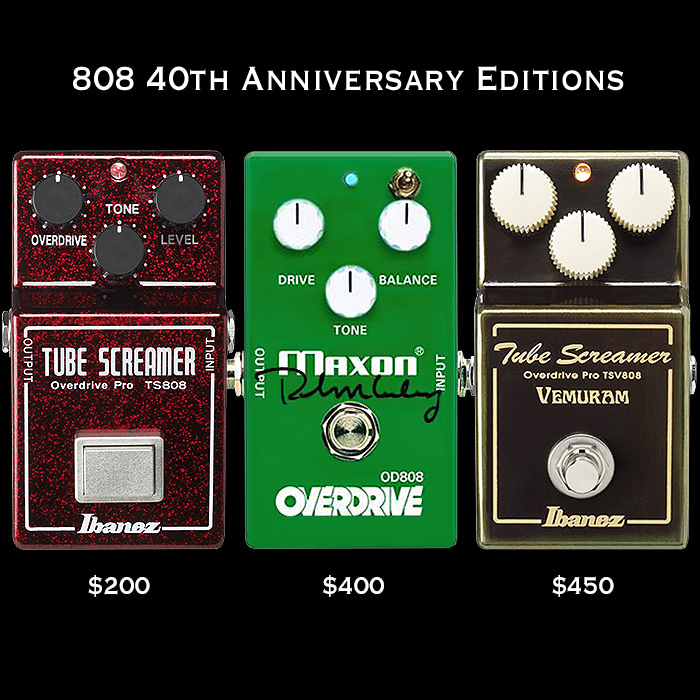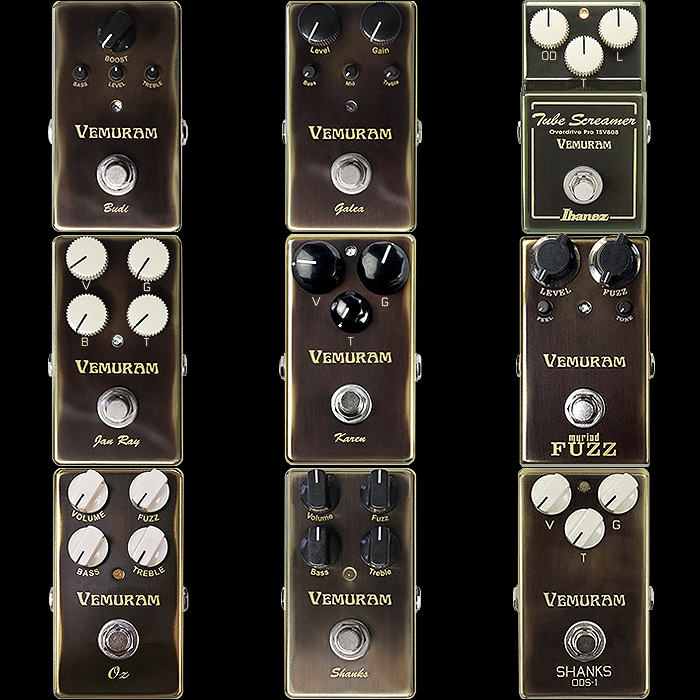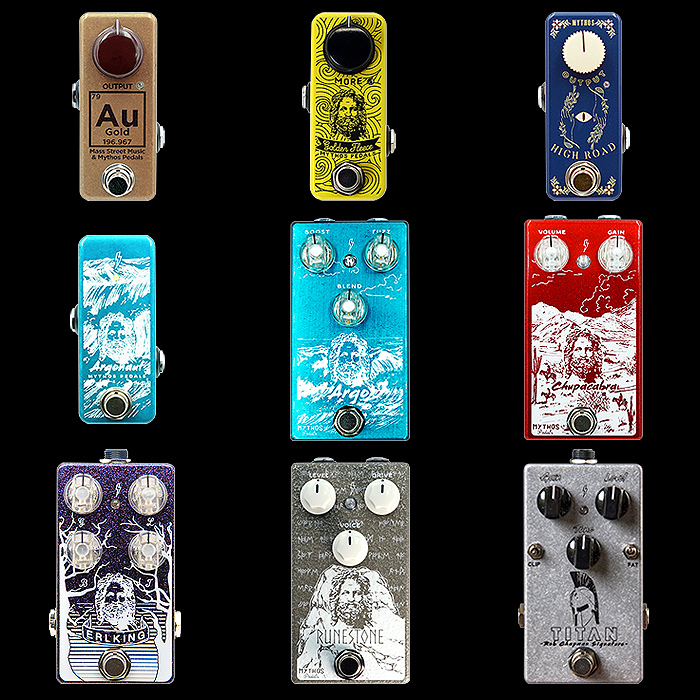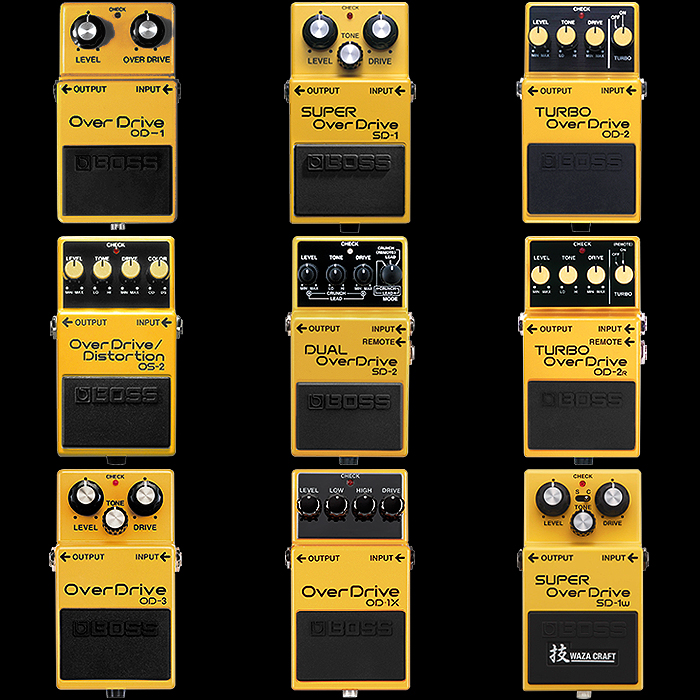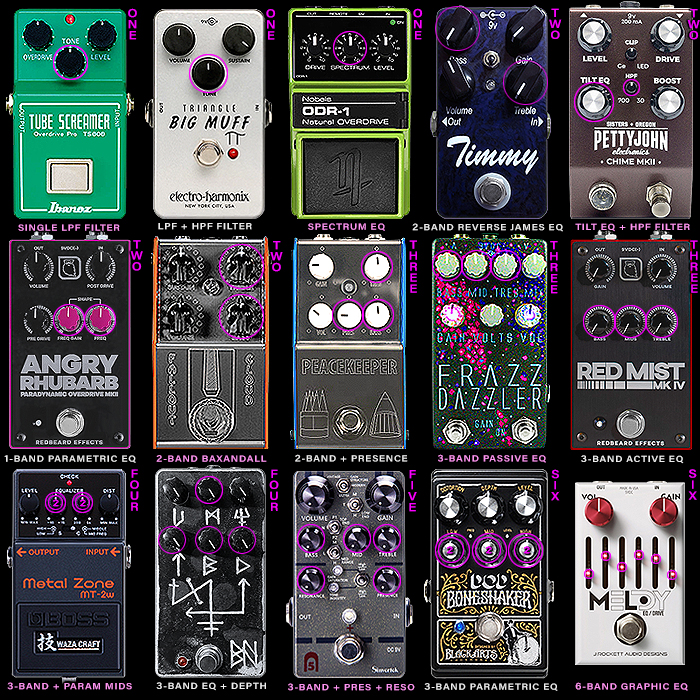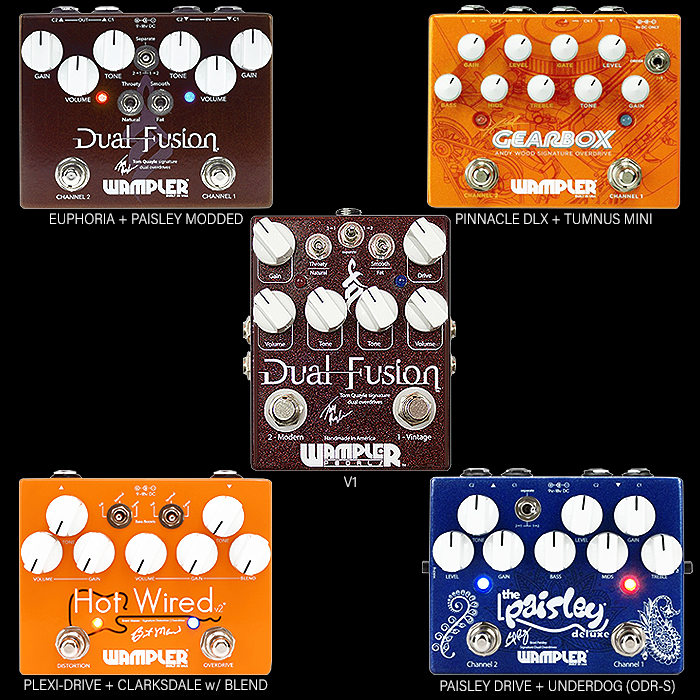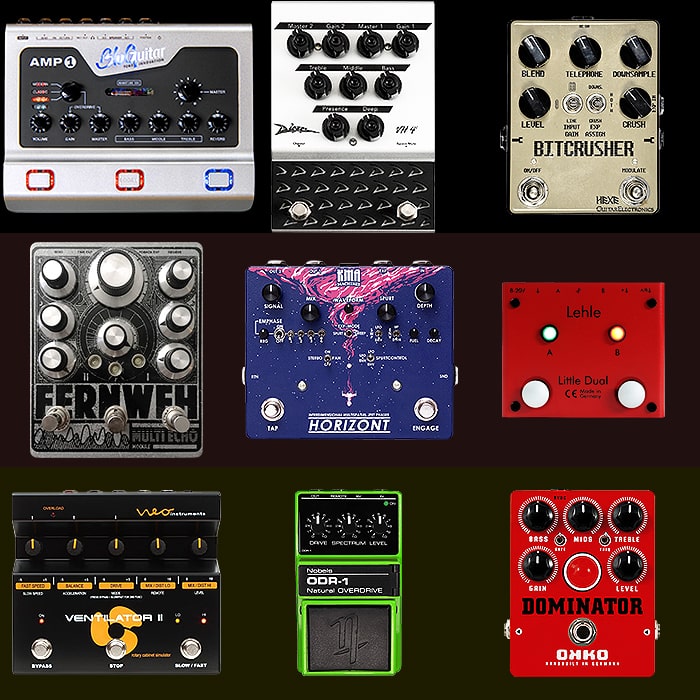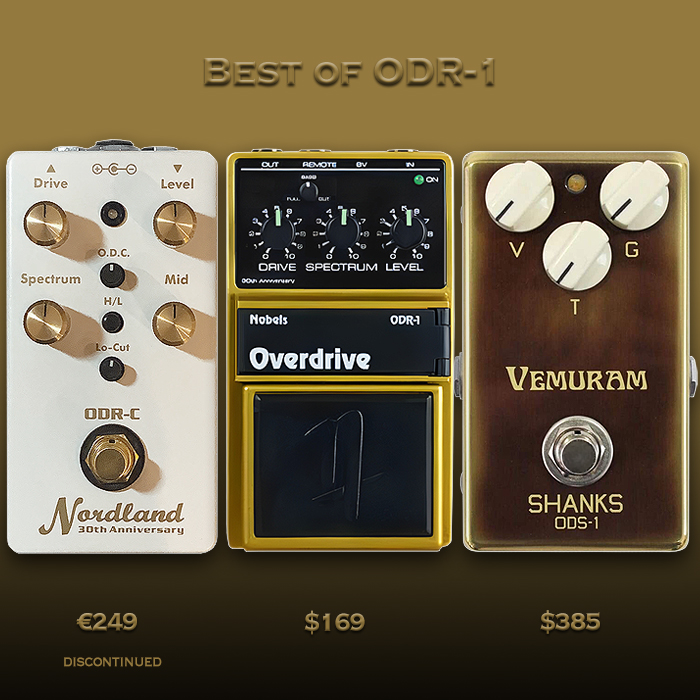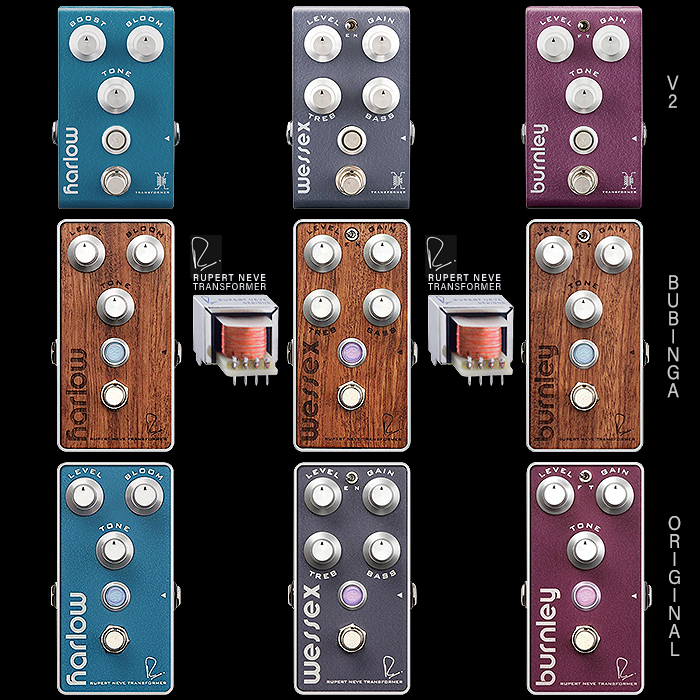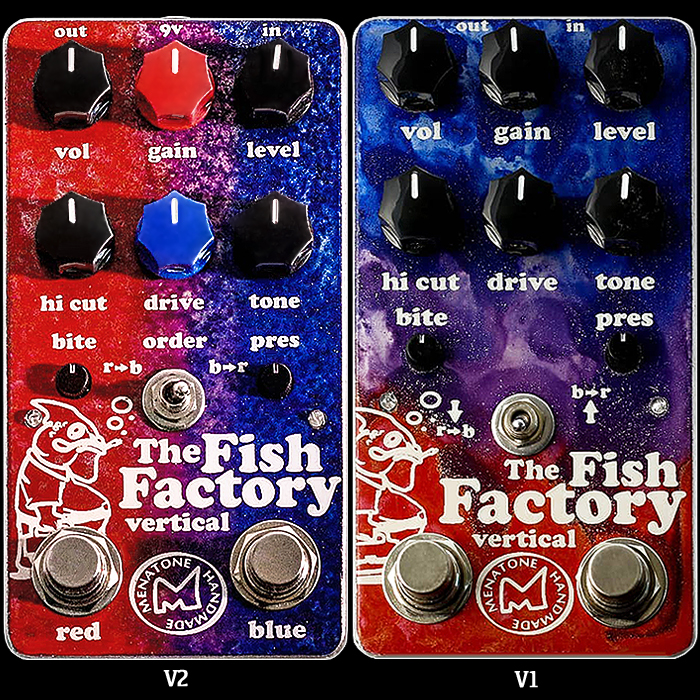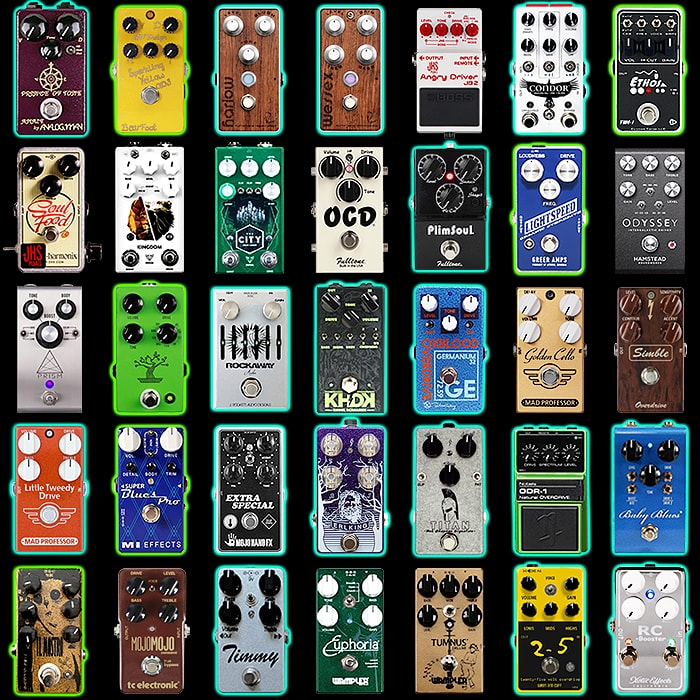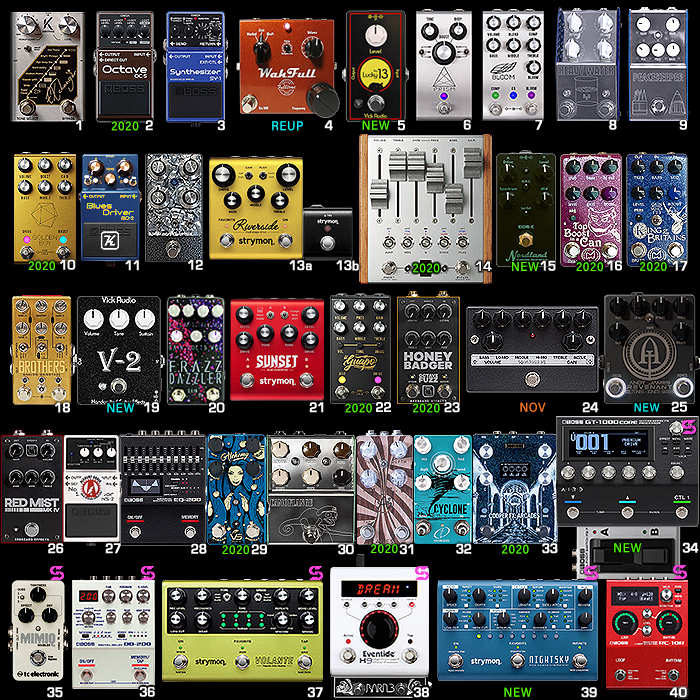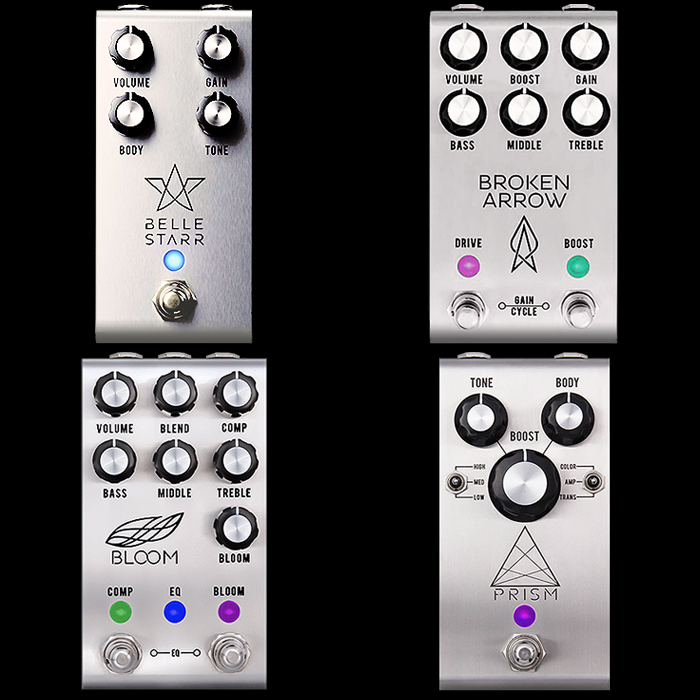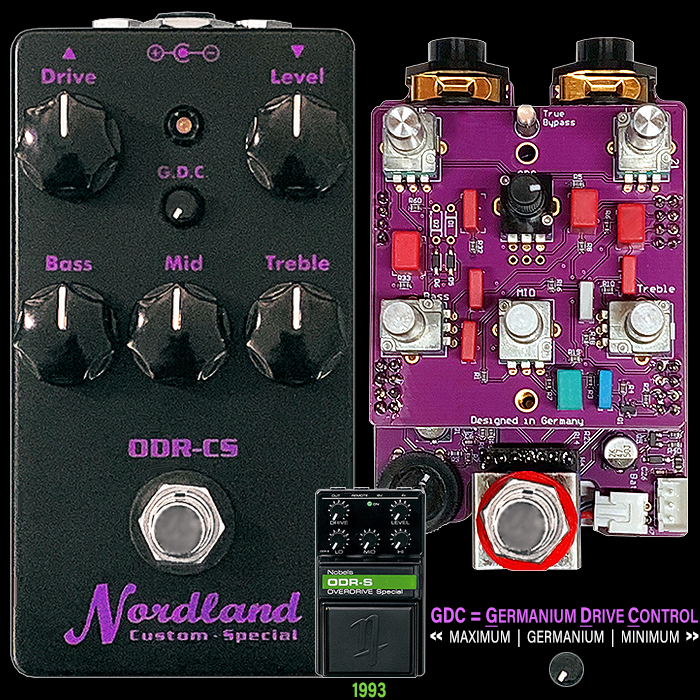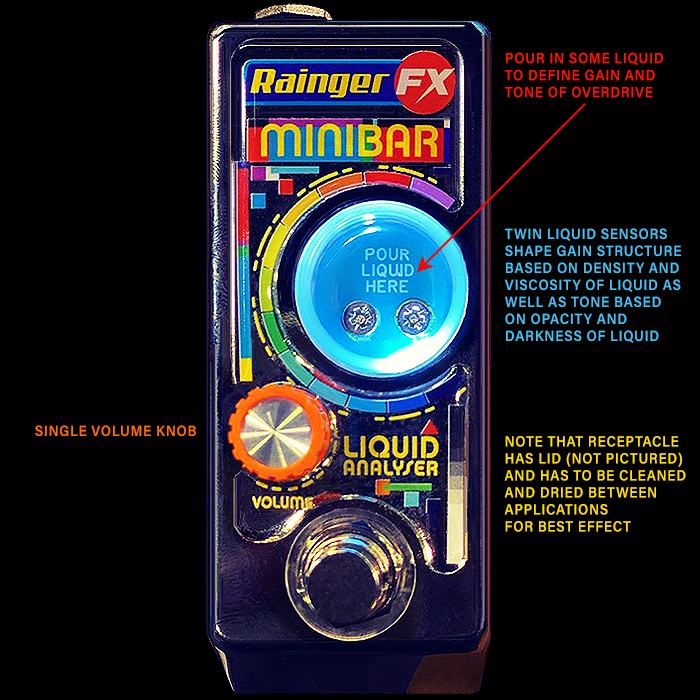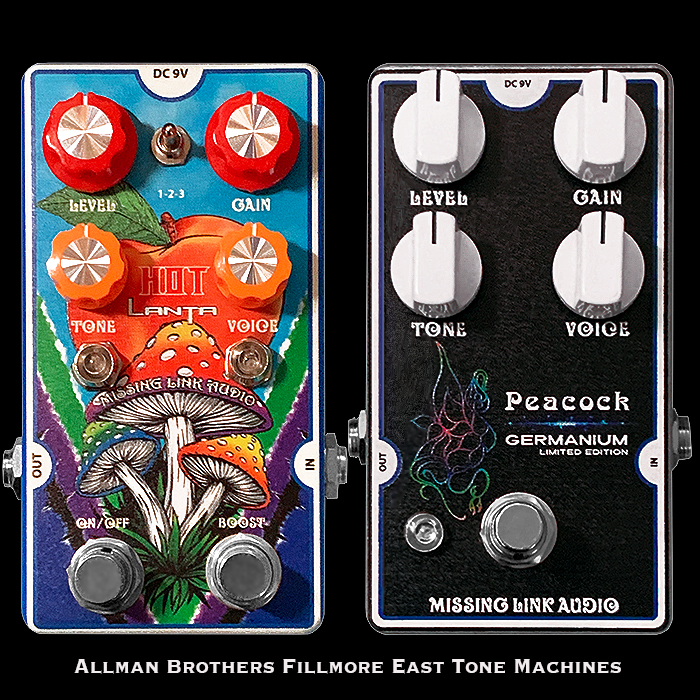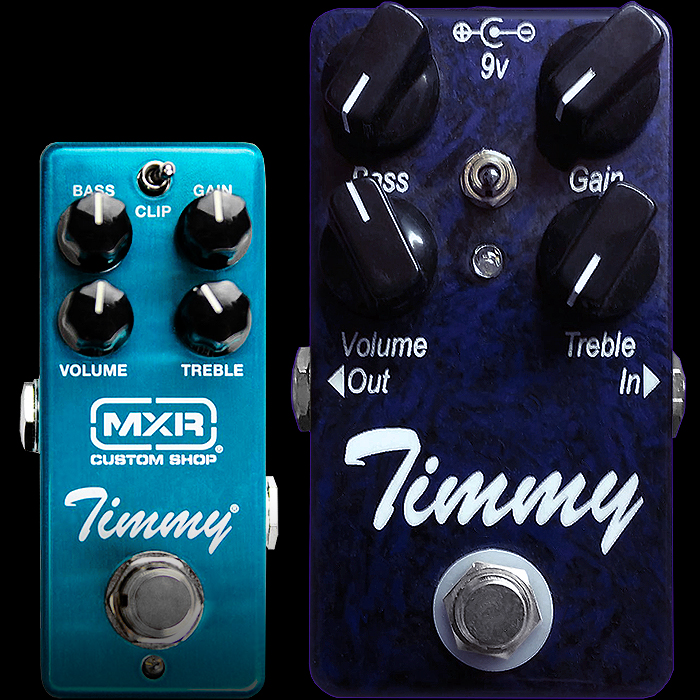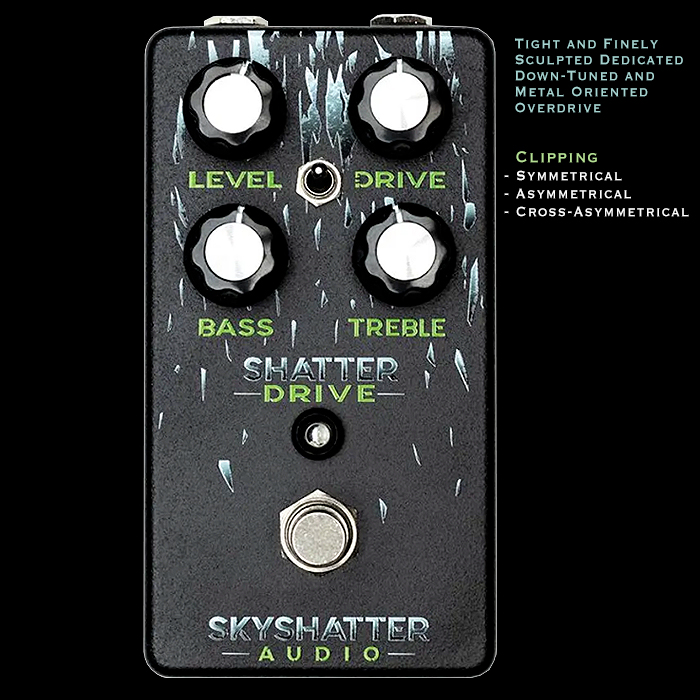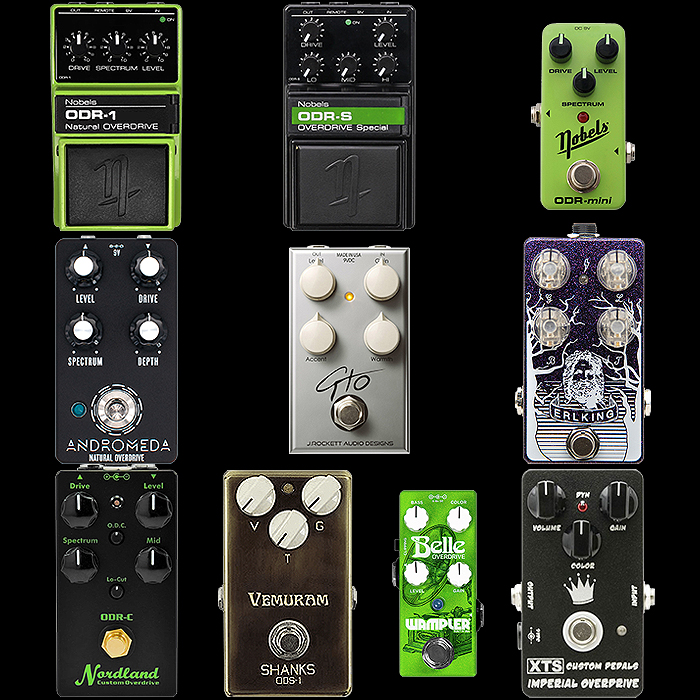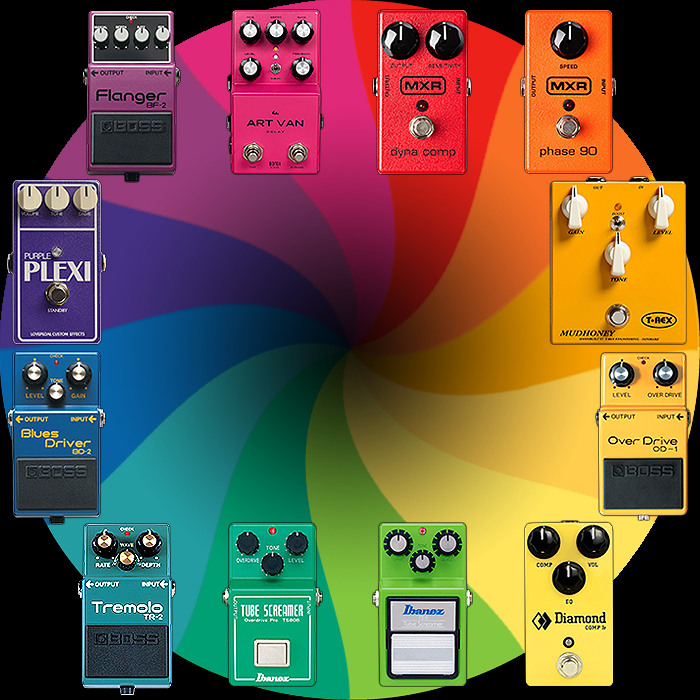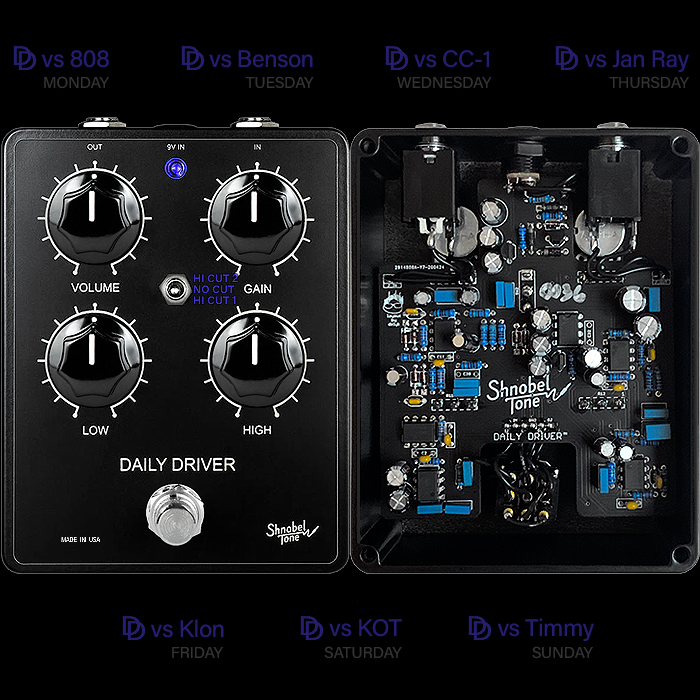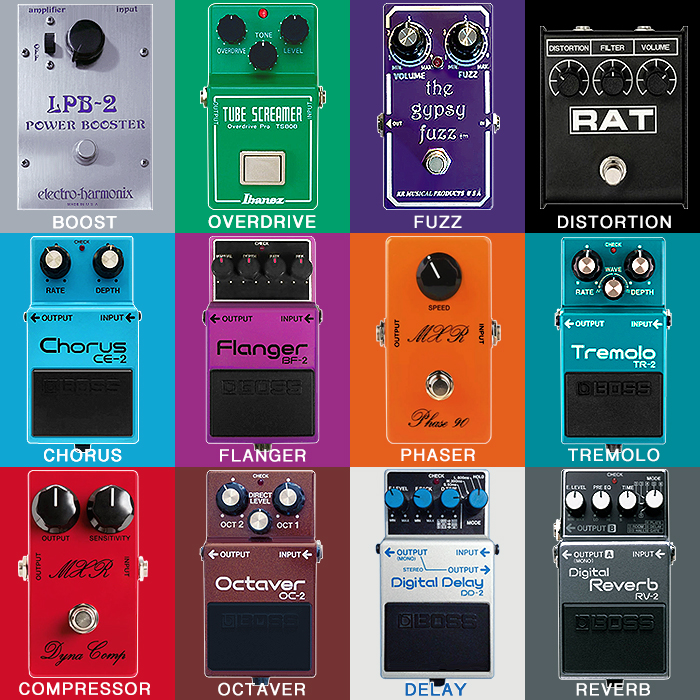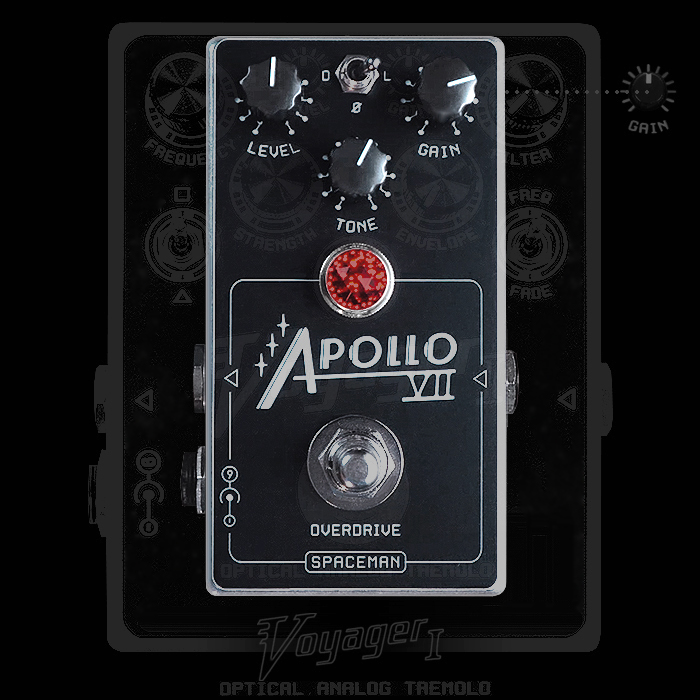Kai Tachibana's Nordland Electronics ODR-C is the most evolved and refined of the Nobels ODR Circuits and the Successor to the ODR-1
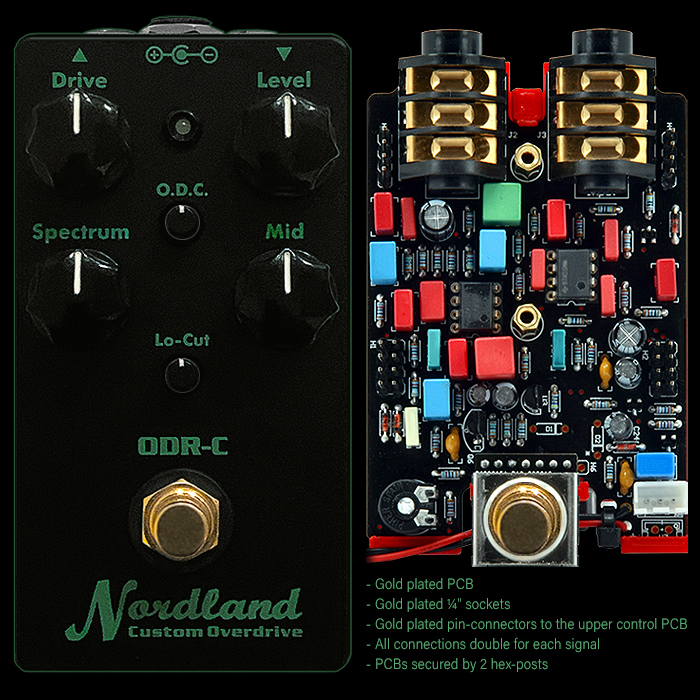
Many of you will be familiar with one Kai Tachibana - the engineer behind all the significant Nobels ODR circuits - including the original 1992 ODR-1 and latest ODR-Mini and ODR-1 BC V2 editions. In my recent ’Nobels Overdrives and Alternatives’ article for the first sweep I totally managed to overlook Kai’s Nordland Electronics imprint - it just didn’t hit my radar for whatever reason. Fortunately I am lucky to have some very diligent readers and Morgan P quickly took me to task over the omission - which I of course rectified immediately.
I must confess that I’ve been a bit of a novice in the past in terms of my appreciation of the ODR circuitry and it’s intricate workings - and like many, I’ve been guilty at times in lumping it in with the other well known green overdrive and its derivatives.
I always knew that the say Nobels ODR-1 had a very different tone-stack and significantly lower compression along with a significantly beefier low-end. I wasn’t aware though until much more recently of exactly how its frequency profile transitioned over the Spectrum knob-sweep and the general relative position of the Mid-range frequency.
Kai is obviously a fastidious perfectionist and you will find very detailed information on his website about the origin of the ODR-1 circuit and exactly how - down to frequency profiles - his ODR-C pedal operates as well as how it differs to the core Nobels circuits.
The superb instruction manual that comes with the pedal is the most detailed I’ve yet witnessed for a pedal of this type - and it covers the pedal in the most intricate details. This is also reflected by supporting references - such as the one immediately below - which demonstrates the sophistication of the pedal build.
The pedal features 2 stacked PCBs with finest quality full-size components throughout and an additional red shielding plate which protects the interior electronics. The PCB's contain gold-plated connectors and are connected by dual hex-posts. The feel of the potentiometers and soft-click footswitch underline the superior high quality of the parts and construction.
ODR-C Frequency Profiles

I spent some significant time trying to find the best visual means to convey the exact nature of the ODR-C's very specific frequency profiles and landed in the end on the 2 Camels visual metaphor above. The upper Bactrian Camel plots the frequency profile for when the Spectrum knob is Max - fully CW (white), Center-detented / stock (orange), and Min at fully CCW (yelllow). Kai developed the Spectrum tone-stack when he noted that on the prototype that as he increased the degree of Highs - the low-end tended to get reduced to a point where the overdrive sounded overly thin and slightly feeble. He wanted a means whereby he could increase the degree of high frequency content while maintaining the low-end profile of the pedal at the same time. So the Spectrum tone-stack raises and lowers both Low and High Frequencies simultaneously - where it accentuates the lower-mids at around 300Hz and the High Frequencies sort of peaking between 2 and 3kHz - creating that double-humped upper camel-style curve when fully cranked.
Interestingly when you dial back the Spectrum Control - the profile changes more towards a mid-hump - with the Mids more accentuated proportionately against the lowered Low and High Frequencies. The mids section sits roughly between 600Hz and 1kHz and becomes more accentuated as you dial-down the Spectrum control - at the Centre detent of that knob the mids profile can be best described as being pretty much flat.
The first of the ODR-C differences is represented by the additional Mid control knob which drives the middle frequencies up to a peak around the 1kHz mark - as illustrated by the lower Dromedary Camel! So in using the Spectrum and Mid Controls in tandem - you can totally get into pronounced mid-hump territory - depending on how you accentuate the mids.
Once more the Centered line denotes the stock detented position and you can boost or scoop the mids as you feel appropriate. I find that typically I set the Drive and Level first - and then tweak the Compression as necessary via the higher O.D.C. mini knob (Overdrive De Compress). Usually you want more compression lower down the Drive range and less (therefore more O.D.C.) as you ramp up the Drive. So it's really a matter of 2 clusters of 3 controls for me - adjust Drive, Level and O.D.C. first - then set the Spectrum to the desired degree - and tweak Mid and Lo-Cut to adjust to taste - or at least that's what seems to work best for me.
In my first few days of exploration, as I'm using my main humbucker-style guitar, I find I have the Lo-Cut fully dialled up pretty much all the time, while the O.D.C. control seems to have settled at around 10 o'c.
My preferred main knobs settings are currently Drive at 9 o'c, Level at 1 o'c, Spectrum at 4 o'c and Mid and 2 o'c. And there's certainly plenty of range available on those 4 full-size knobs, while the O.D.C. and Lo-Cut sweeps are relatively subtle.
For someone who's so used to 2-Band Baxandall and 3-Band Active EQ's this offers quite a different way towards tone-shaping - but it's equally effective and equally intuitive in most ways and you soon get used to it.
The original ODR-1 had just the 3 knobs - Drive, Spectrum and Level and the 3 extra controls on the ODR-C really make it work so much better with humbuckers too - where the ODR-style overdrive is usually the weapon of choice for Nashville's single-coil players. The new ODR-1 BC has a Bass-Cut switch in its battery compartment which gives you a less nuanced variety of low-end shaping, while the ODR-Mini is voiced somewhere between the ODR-1 stock and Bass-Cut levels as far as I understand.
Who is this pedal for?
I'm reminded to a degree here of ThorpyFX's The Dane - which with its low-end boost is a sort of different solution to that same challenge of balancing the output for single-coil guitars. The Dane, the Nobels ODR-1 and Nordland ODR-C all provide enhanced low-end response to make those single-coil pickups sound thicker and fuller. By contrast that extra 300Hz boost can flub-up the already bassier humbucker style pickups - so that you ideally really need some sort of Low-end control to make the most of those beefier sounding guitars - particularly at higher levels of gain.
If you already have and love a Nobels ODR variant - then the Nordland ODR-C simply gives you more control refinement for that circuit and obviously more versatility. You can tune the pedal better to your particular guitar's output - and you can also get a larger variety of extra tones not present in the other ODR varieties. Even with all the additions this still retains its core ODR essence throughout, and the ODR circuit will always provide you with a little more low-end even at the max Lo-Cut setting and with Spectrum fully CCW.
You can get the exact stock Nobels ODR-1 output too by centering the Mid knob, and fully dialling back the O.D.C. and Low-Cut mini-knobs.
This is most definitely its own distinct entity and sits somewhat quite far adjacent to the other green soft-clipping classic. If you're a bluesy player or country-style twanger - then the ODR circuit is almost always going to be the superior choice, while if you mostly use this type of overdrive as a sort of Amp Boost - then the other green variety is usually the more suitable candidate for most applications.
It's kind of funny in that my favourite green overdrives aren't typical for that genre at all but rather more rounded enhanced-featured variants with significant additional tone-shaping controls, clipping and boost options even. It makes perfect sense that I would seek out this particular incarnation of the ODR circuit as it plainly gives you quite a bit more - and means you are more likely therefore to land on a variety of tones that you like the sound of.
The pedal is available in original green and a more stealthy black variety as mine is - both versions are available right now from the Nordland Electronics webstore for €200 plus Tax and shipping (€232 including Tax in Europe). And yes the black variety has a gold-hued footswitch!
Key Demos

